
Lisa Grossman is the astronomy writer for Science News. Previously she was a news editor at New Scientist, where she ran the physical sciences section of the magazine for three years. Before that, she spent three years at New Scientist as a reporter, covering space, physics and astronomy. She has a degree in astronomy from Cornell University and a graduate certificate in science writing from UC Santa Cruz. Lisa was a finalist for the AGU David Perlman Award for Excellence in Science Journalism, and received the Institute of Physics/Science and Technology Facilities Council physics writing award and the AAS Solar Physics Division Popular Writing Award. She interned at Science News in 2009-2010.

Trustworthy journalism comes at a price.
Scientists and journalists share a core belief in questioning, observing and verifying to reach the truth. Science News reports on crucial research and discovery across science disciplines. We need your financial support to make it happen – every contribution makes a difference.
All Stories by Lisa Grossman
-
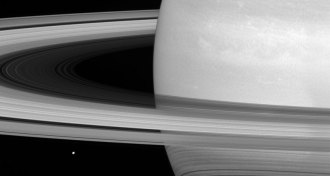 Planetary Science
Planetary ScienceSaturn’s rings mess with the gas giant’s atmosphere
Data from Cassini’s shallow dives into Saturn’s ionosphere show that this charged layer in the atmosphere interacts with the planet’s rings.
-
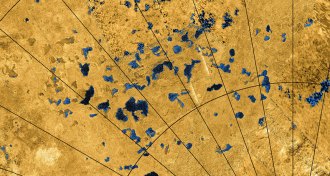 Astronomy
AstronomyMost complete map of Titan reveals connected seas and cookie-cutter lakes
The latest map of Titan, based on all the data from the Cassini spacecraft, displays new details about the moon’s lakes and seas.
-
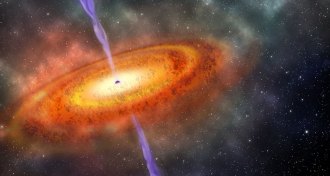 Astronomy
AstronomyThe most distant quasar ever spotted hails from the universe’s infancy
The new record-holder for faraway quasars comes from a period of rapid change in the universe.
-
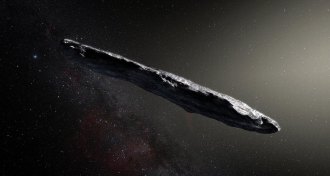 Astronomy
AstronomyWe still don’t know where the first interstellar asteroid came from
Astronomers are tracking stars to see if one of them launched the first interstellar asteroid at Earth.
-
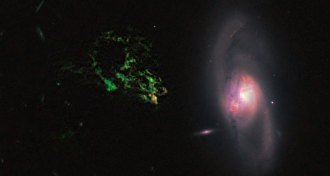 Astronomy
AstronomyHere’s what really happened to Hanny’s Voorwerp
Glowing clouds of gas known as Hanny’s Voorwerp offer a way to study galaxies and black holes in the distant past.
-
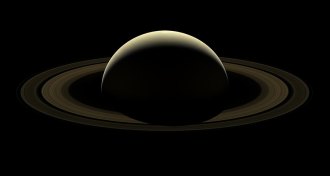 Astronomy
AstronomyHere is Cassini’s last broad look at the Saturn system
Two days before plunging into Saturn, Cassini took a mosaic image of the gas giant, its rings and its moons.
-
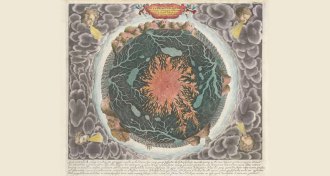 Science & Society
Science & SocietyA new map exhibit documents evolving views of Earth’s interior
"Beneath Our Feet" puts maps on display to show how people have envisioned and explored Earth’s subsurface.
-
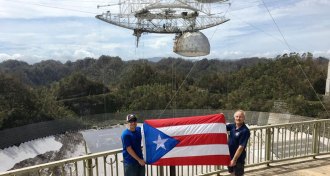 Astronomy
AstronomyThe Arecibo Observatory will remain open, NSF says
The iconic Arecibo radio telescope has survived Hurricane Maria and dodged deep funding cuts.
-
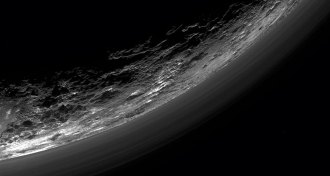 Astronomy
AstronomyHaze keeps Pluto cool by kicking heat out to space
Pluto may be the only place in the solar system whose atmosphere is kept cool by solid hazes, not warmed by gas.
-
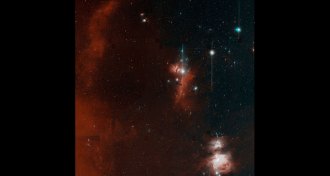 Astronomy
AstronomyNew camera on Palomar telescope will seek out supernovas, asteroids and more
The Zwicky Transient Facility at Palomar Observatory in California will seek supernovas, black holes and asteroids.
-
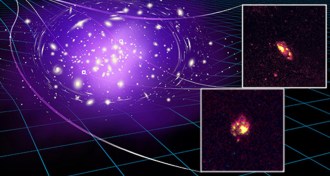 Astronomy
AstronomyAncient spiral galaxy is 11 billion years old
The most ancient spiral galaxy seen to date is 11 billion years old and could help reveal how galaxies sprout arms.
-
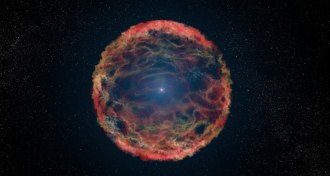 Astronomy
AstronomyThis star cheated death, exploding again and again
The weirdest supernova ever has lasted more than three years, and may be the third outburst from the same star.